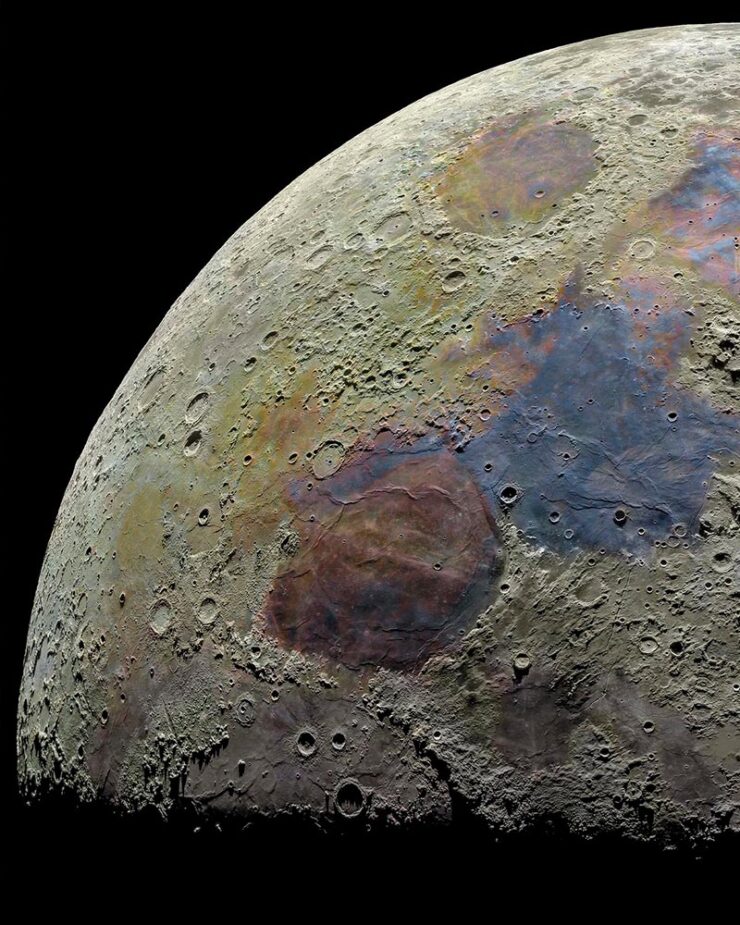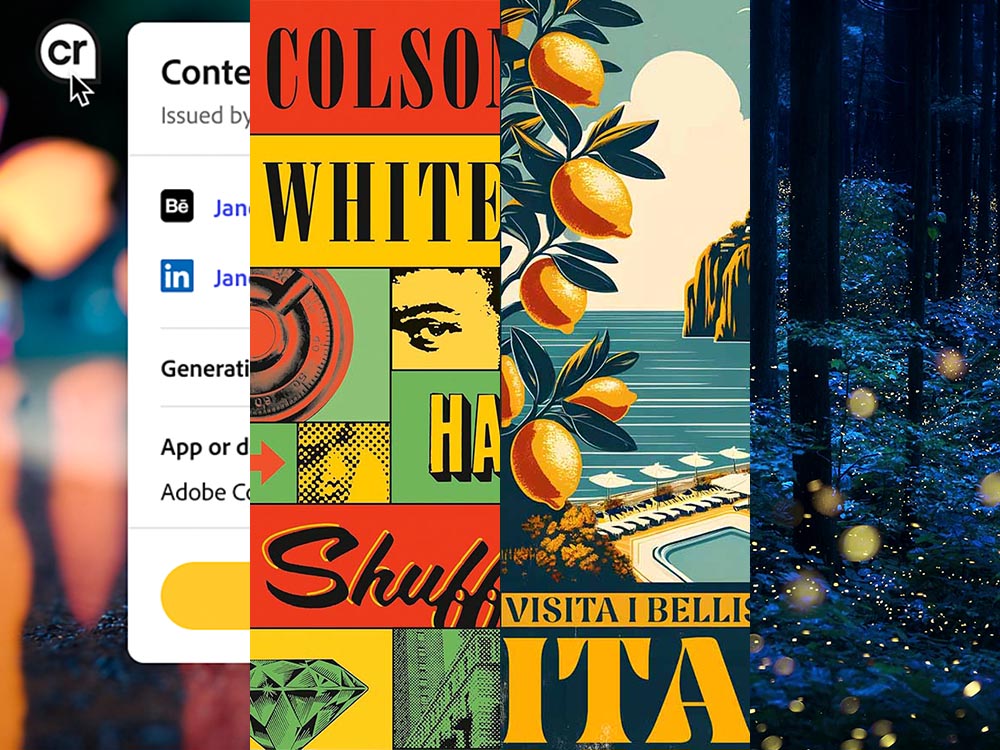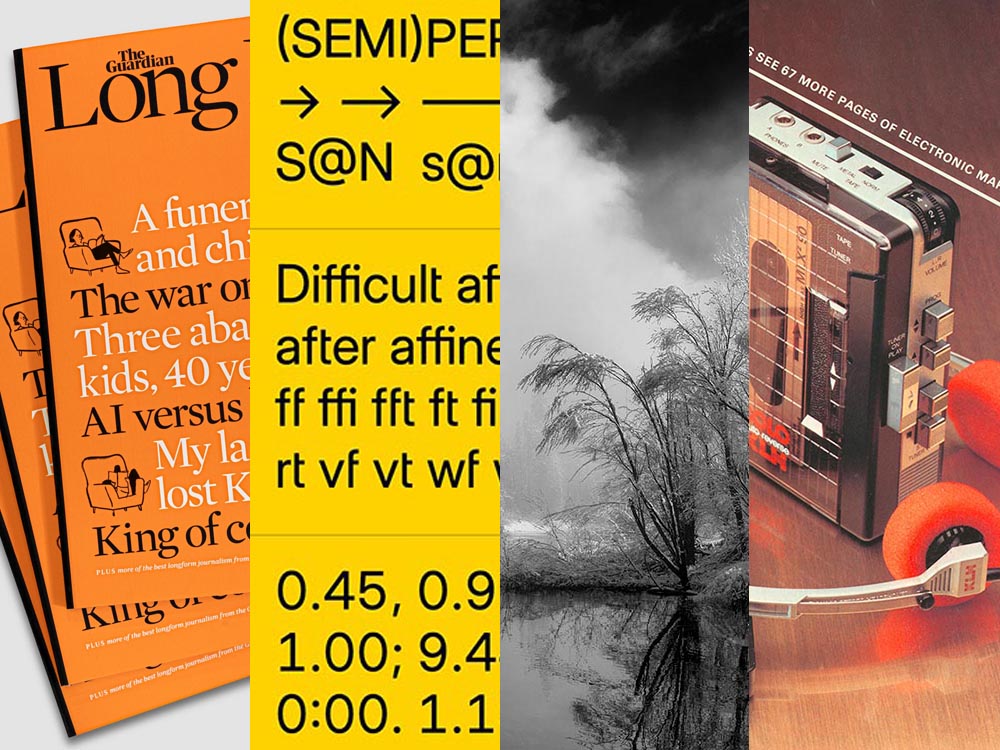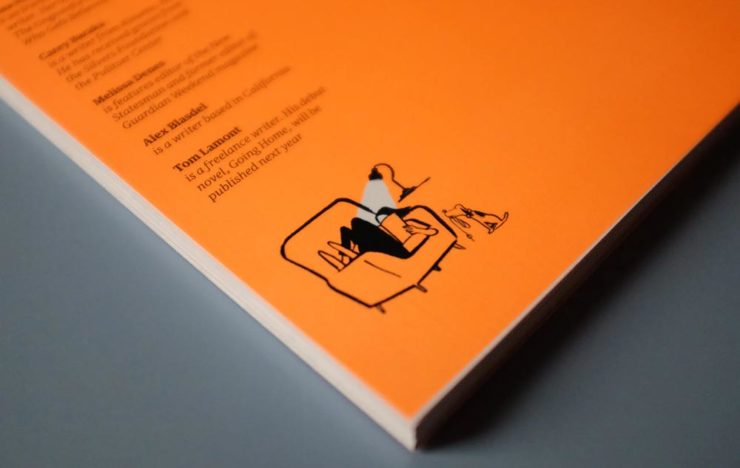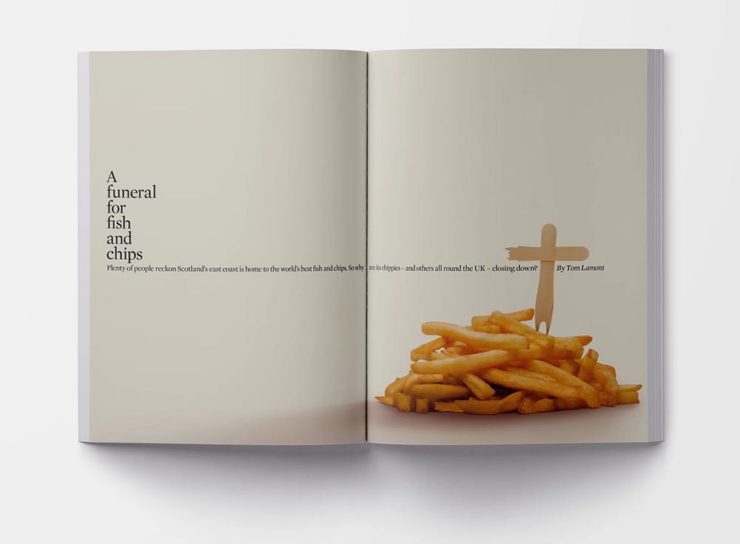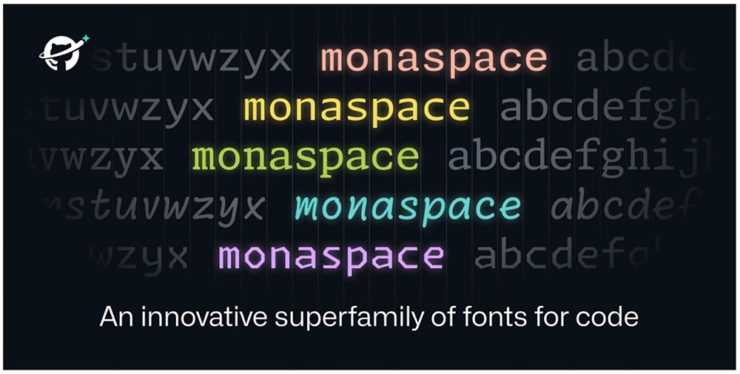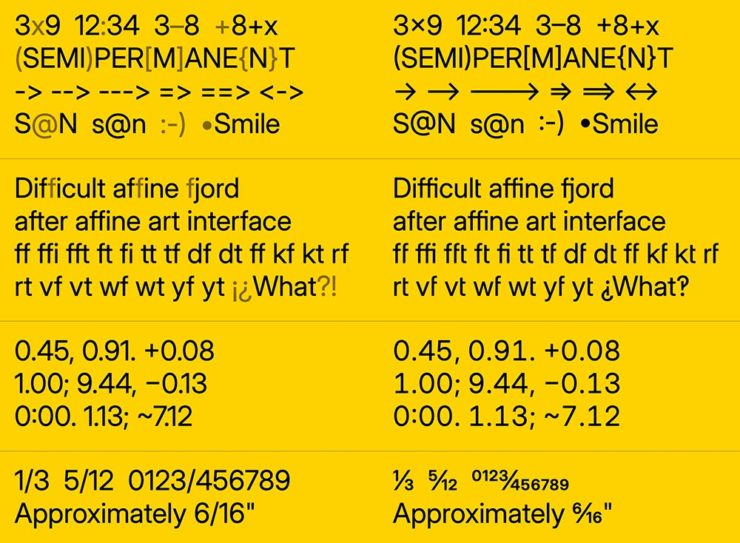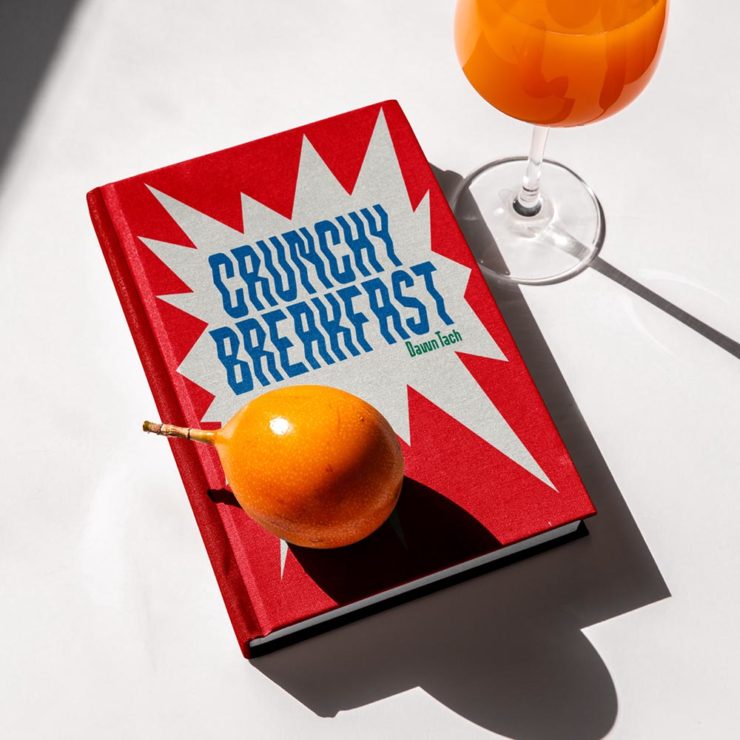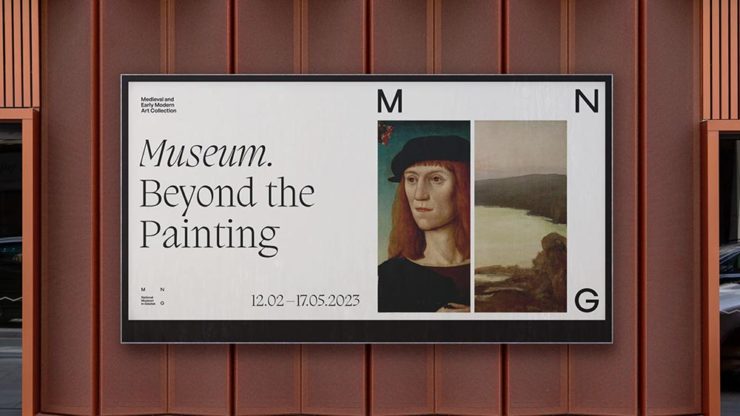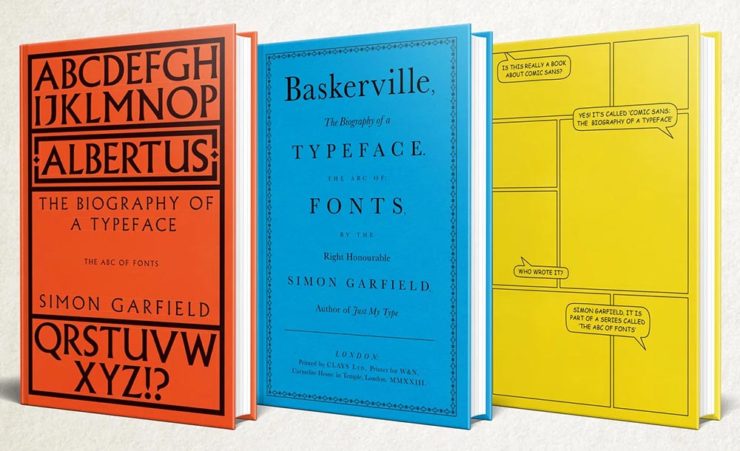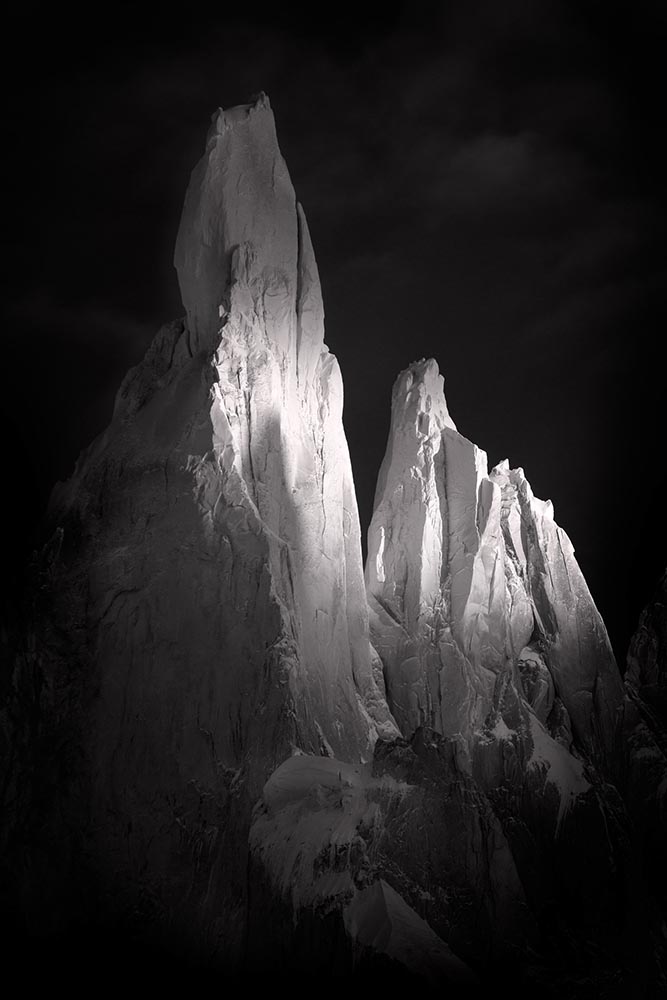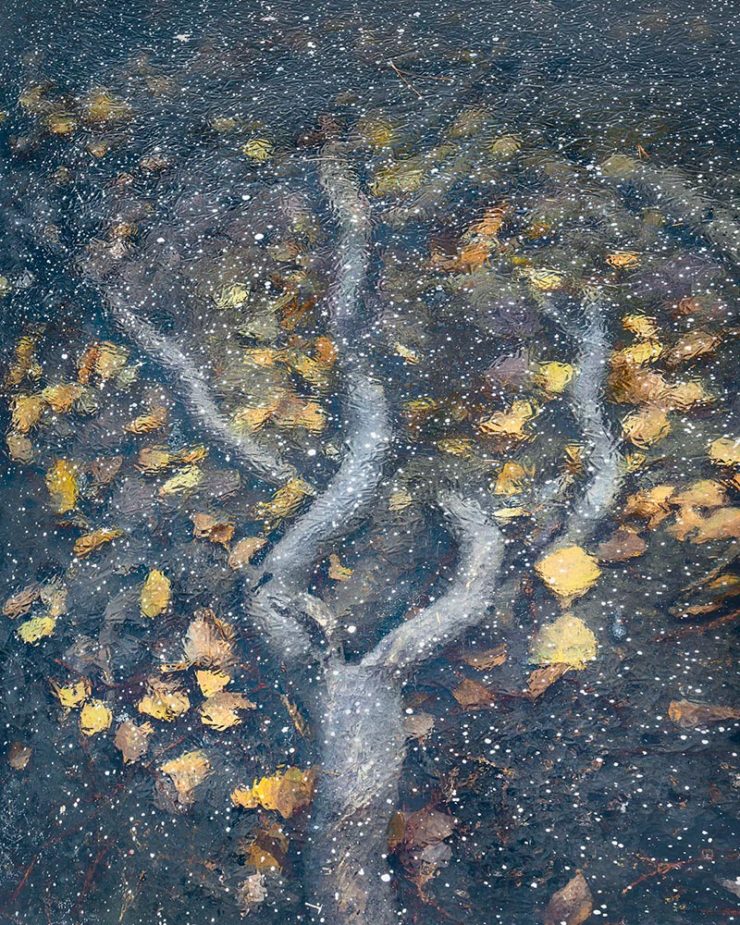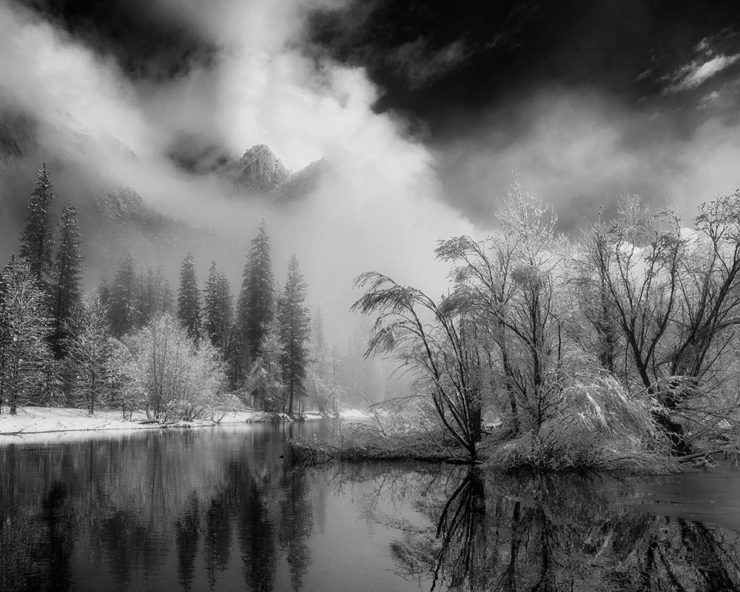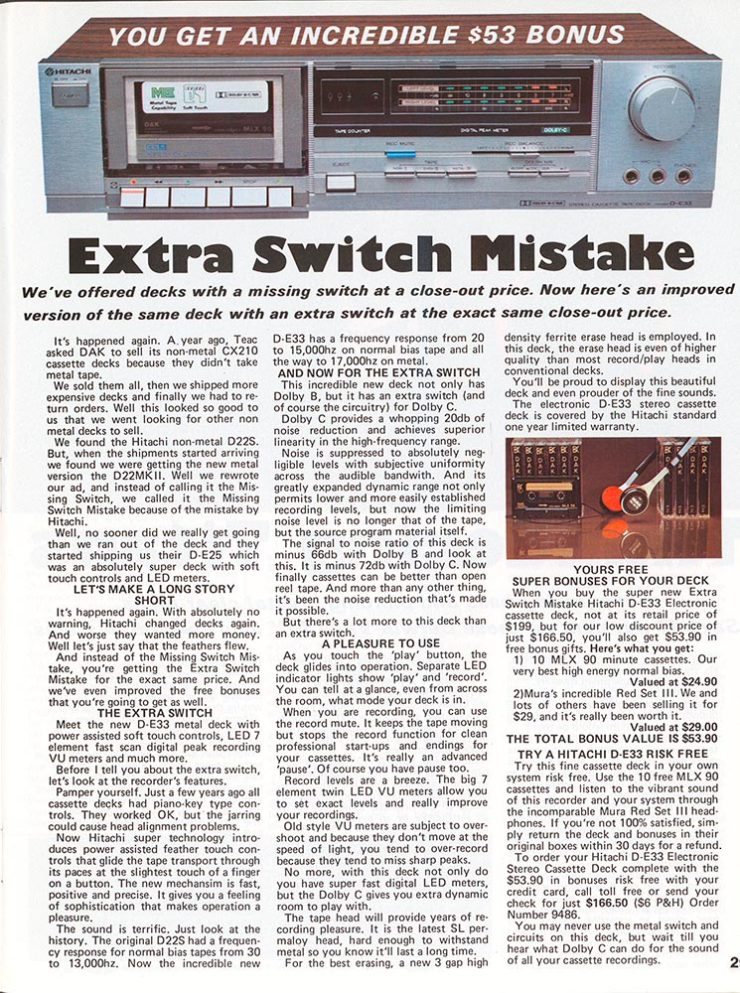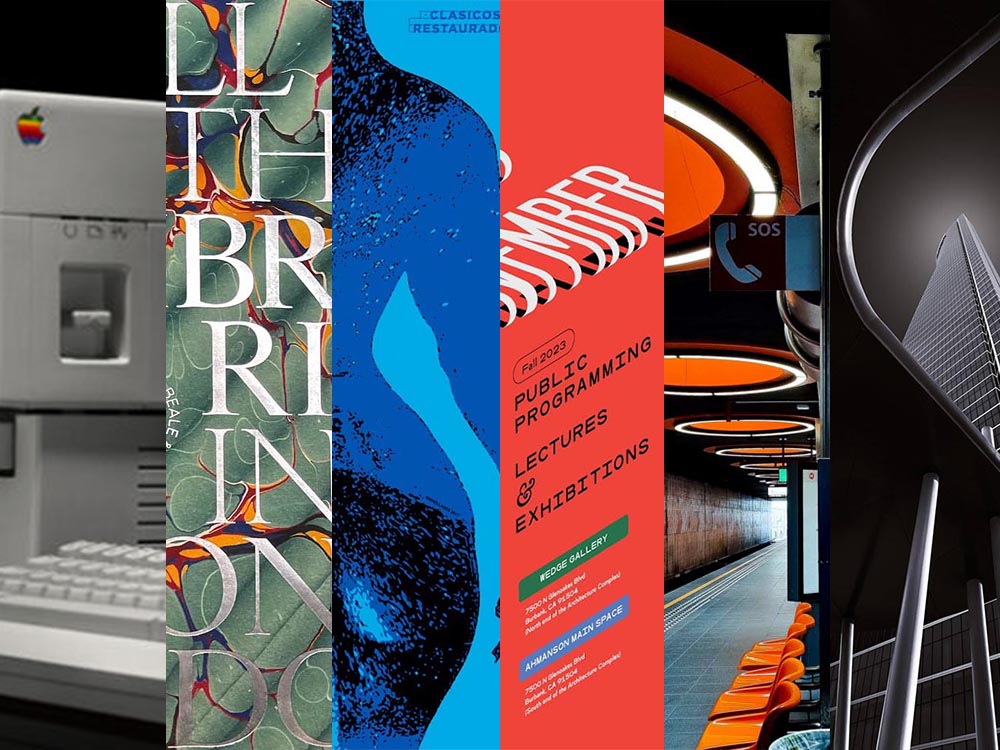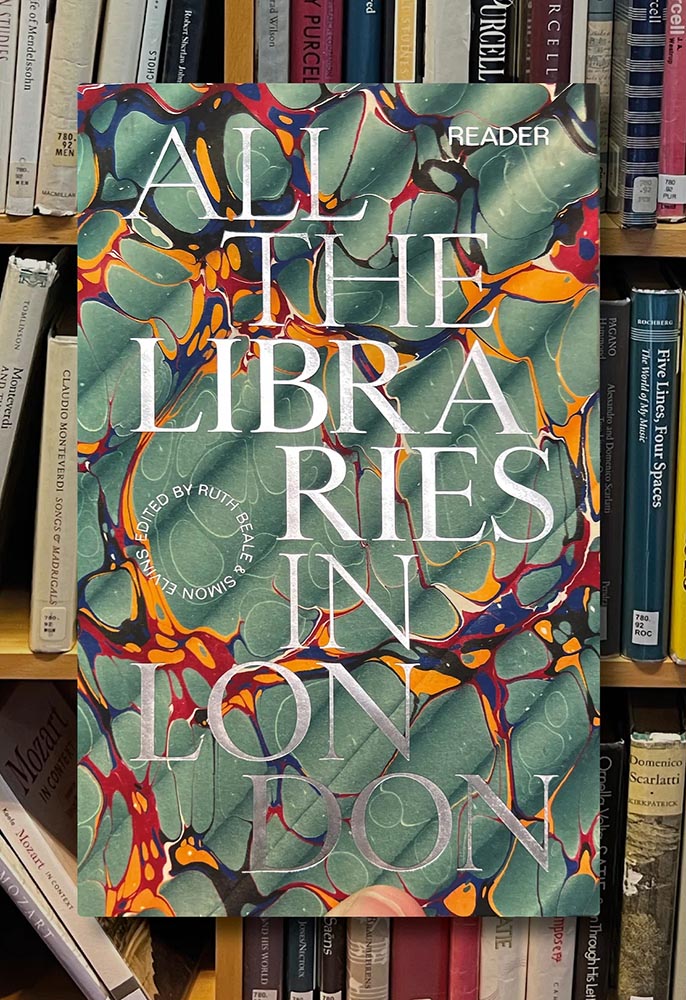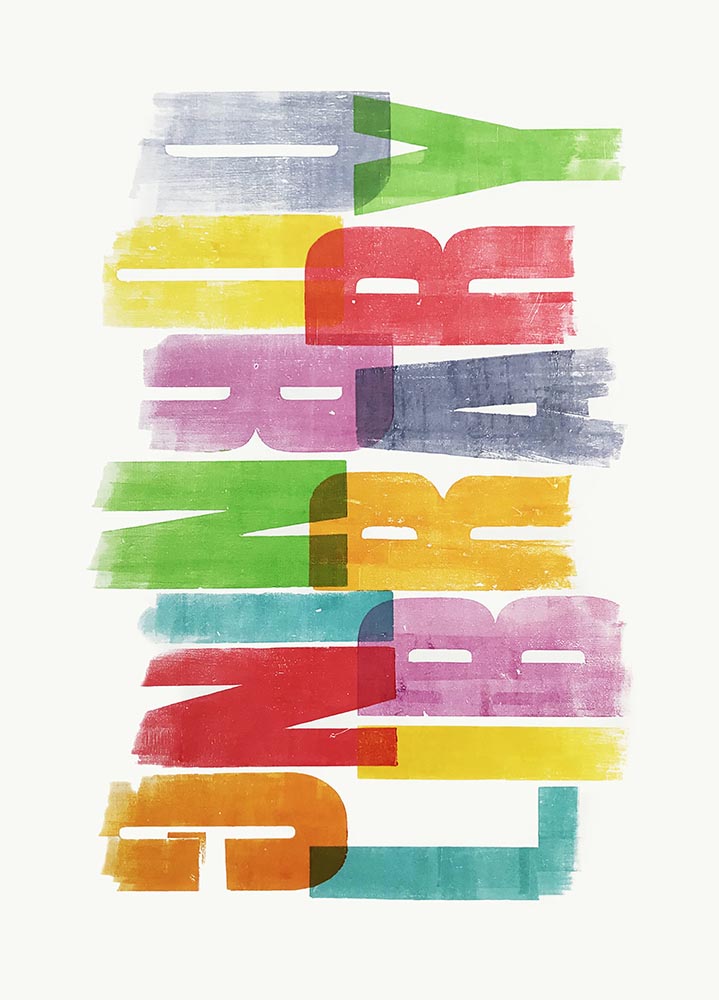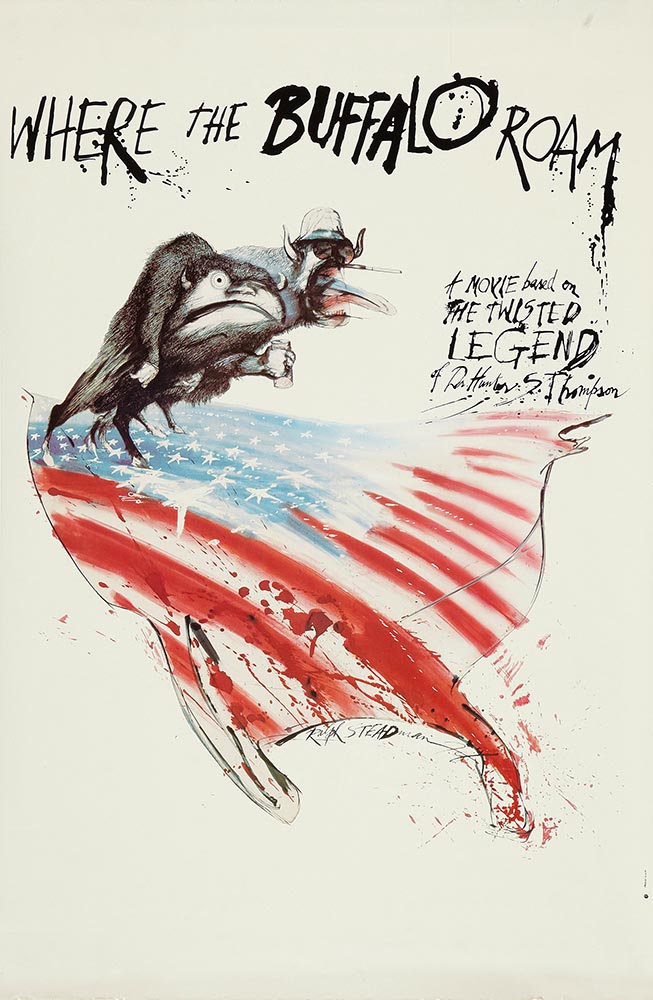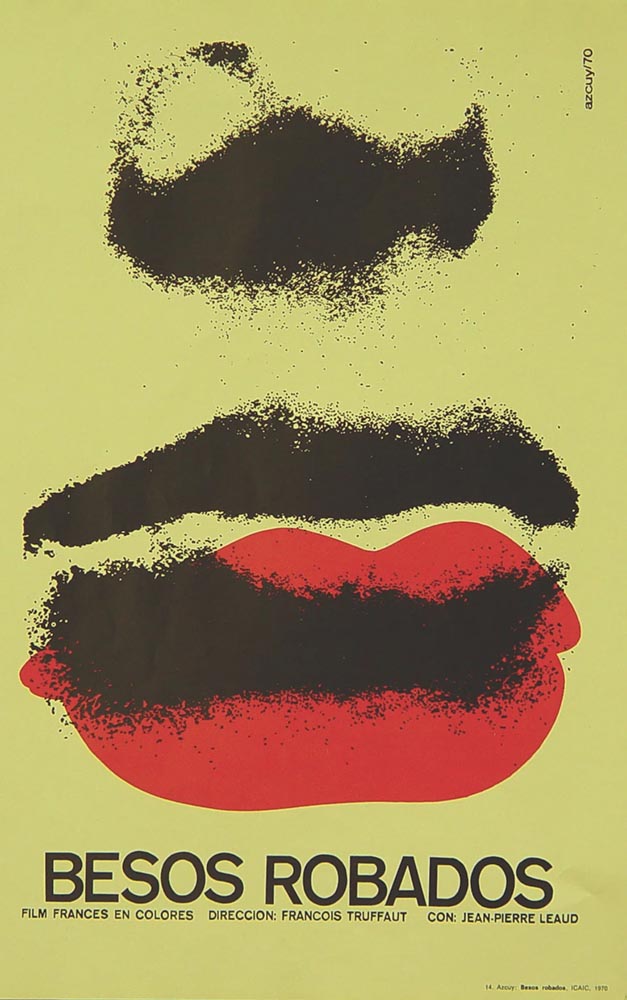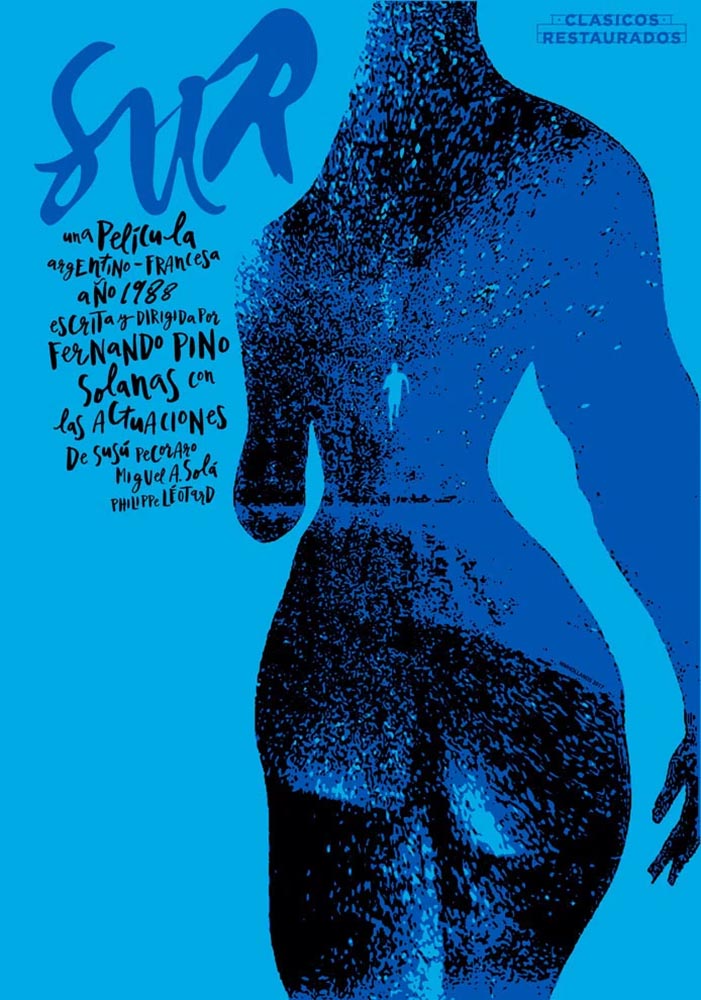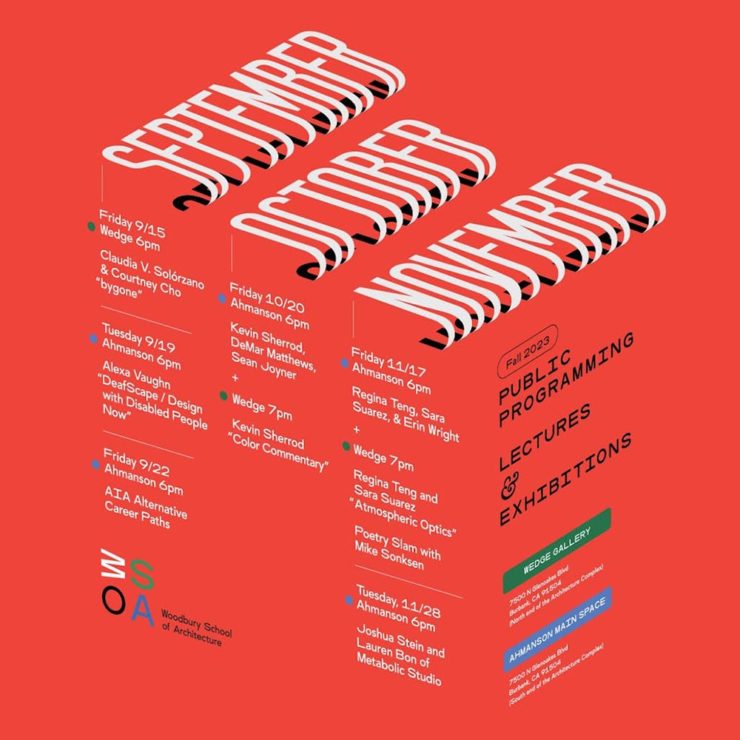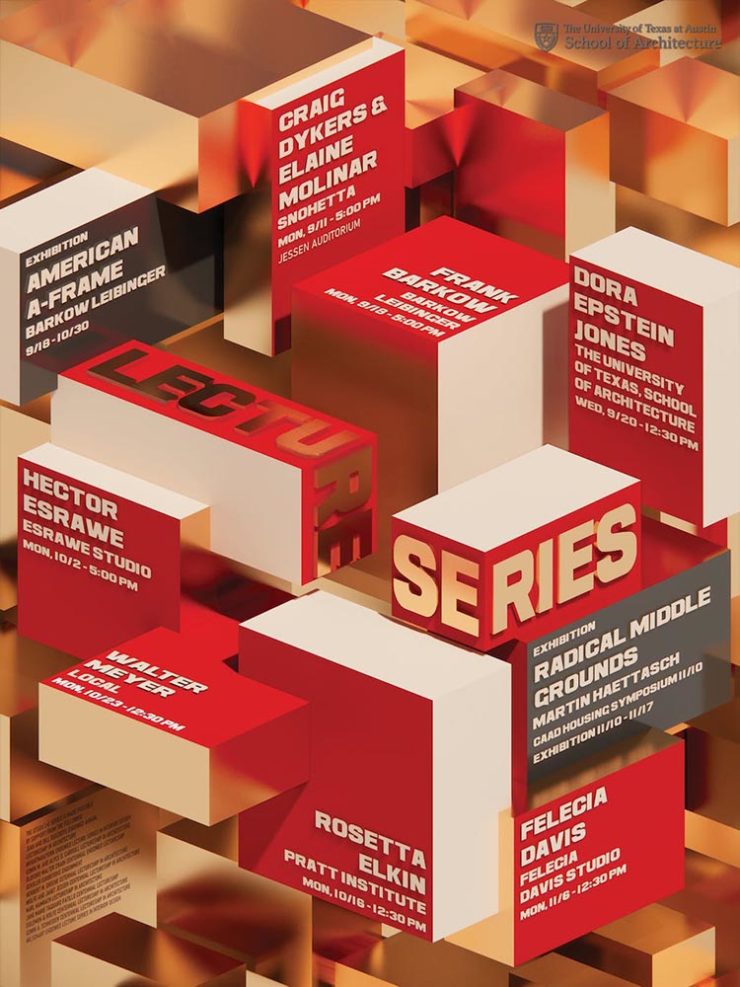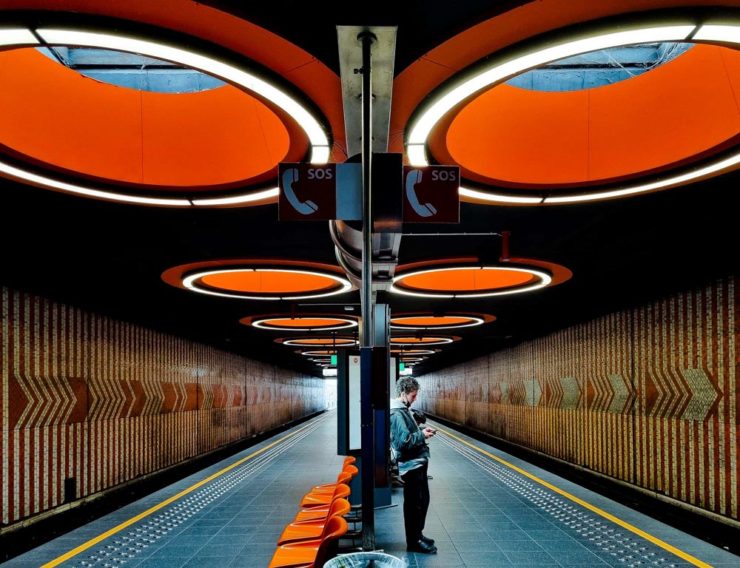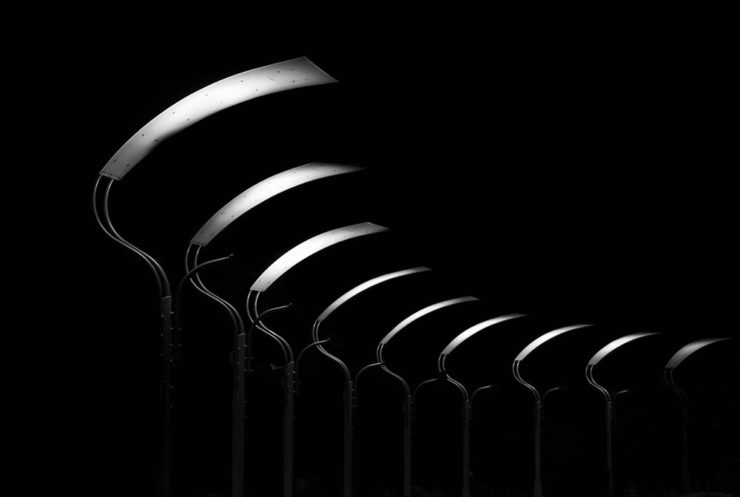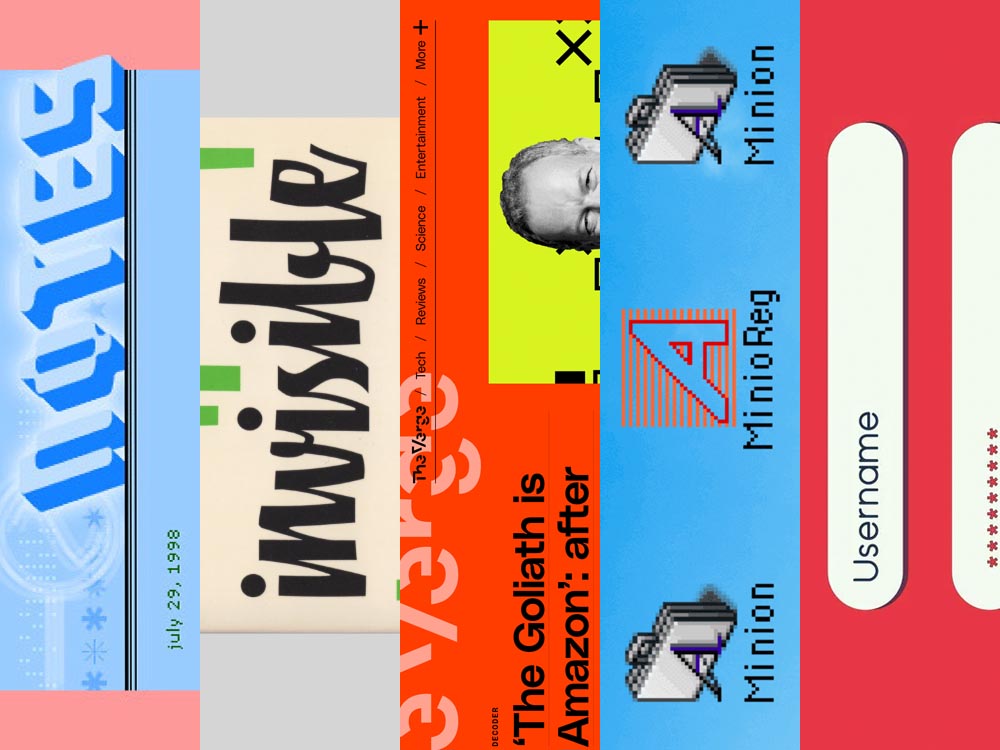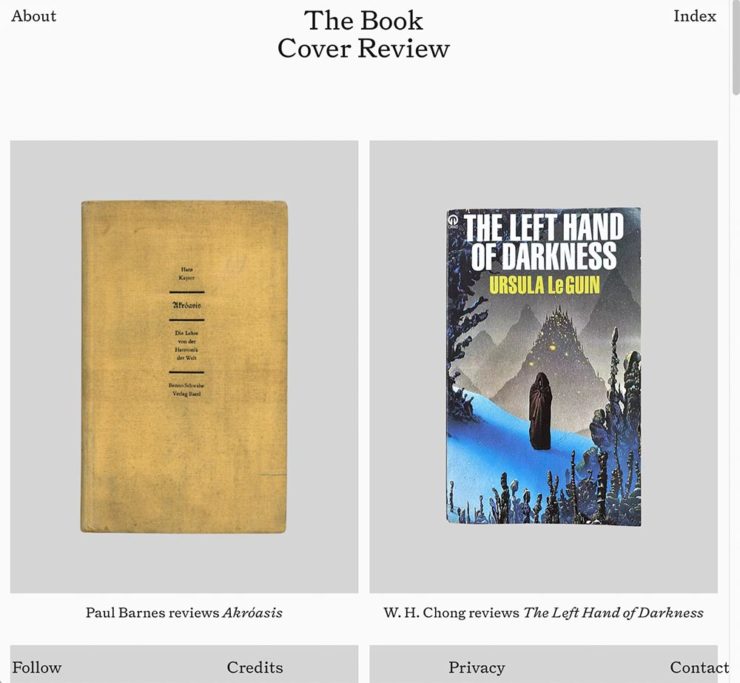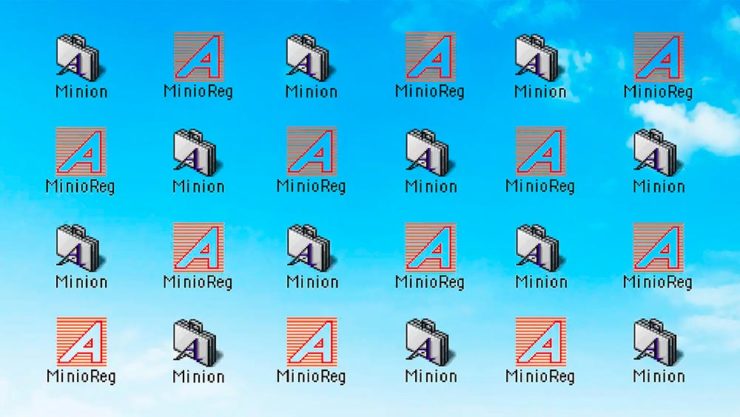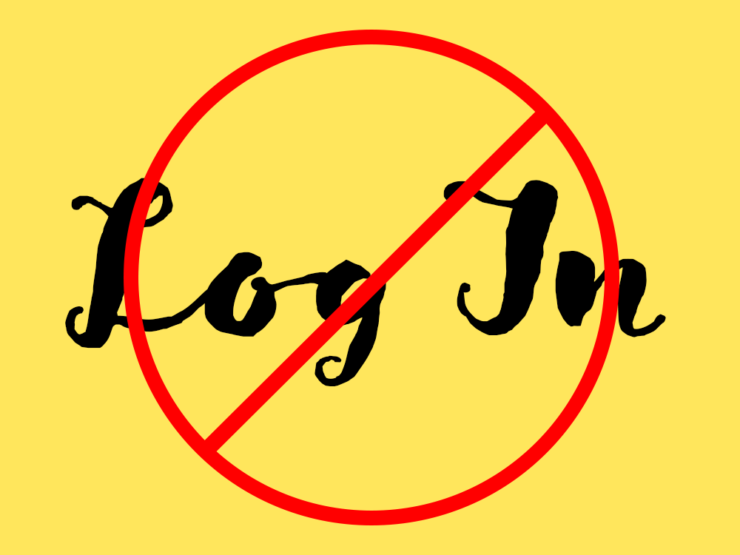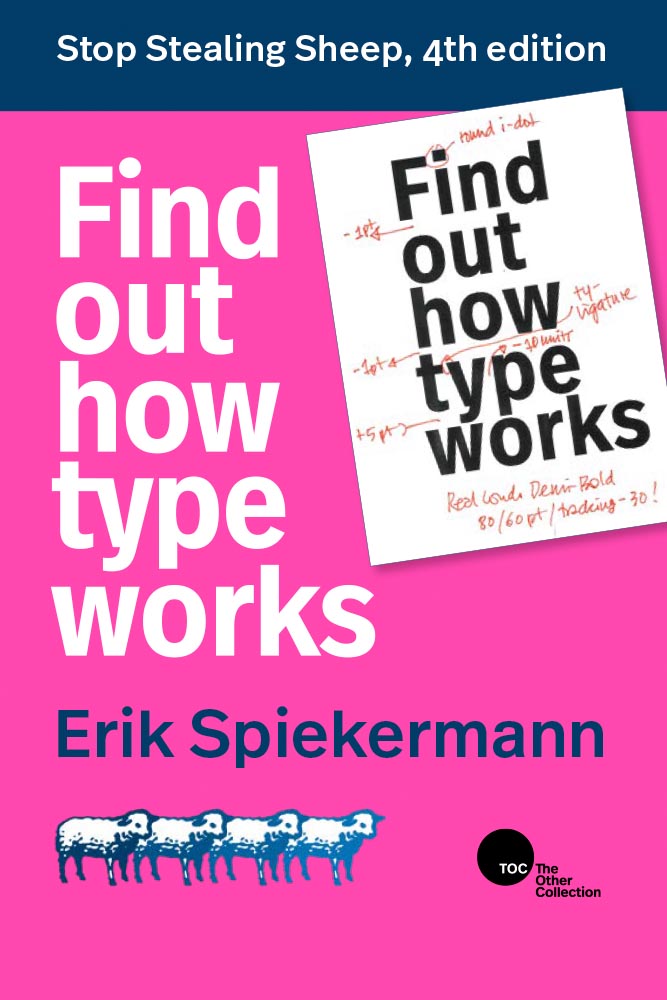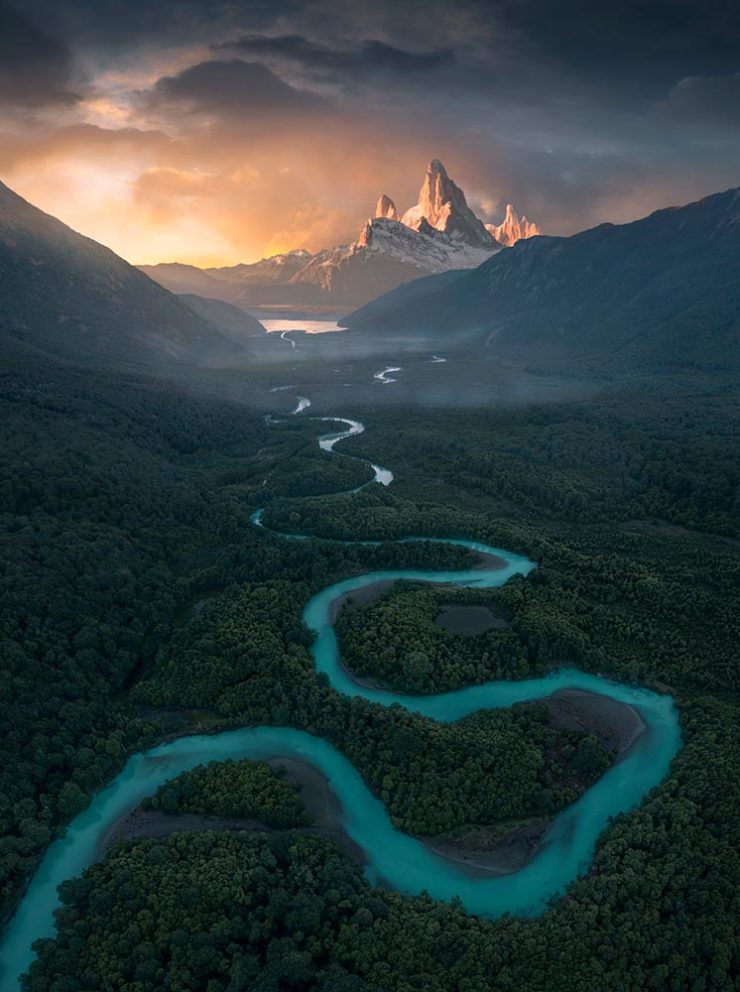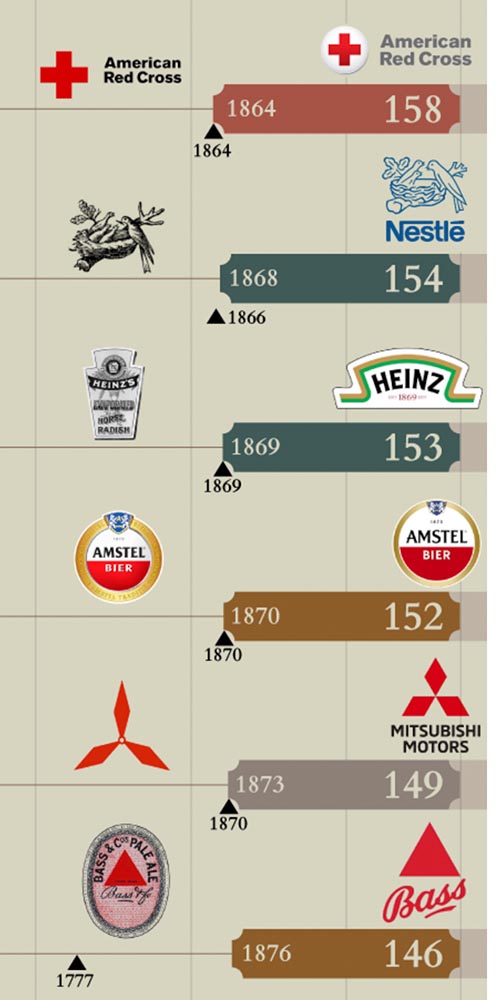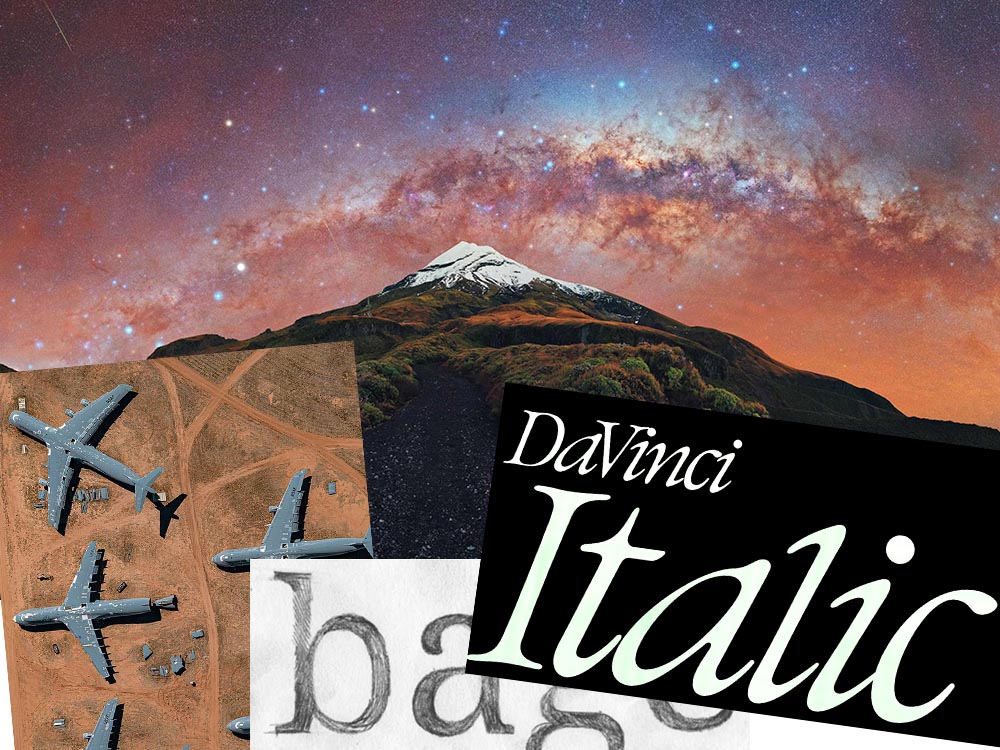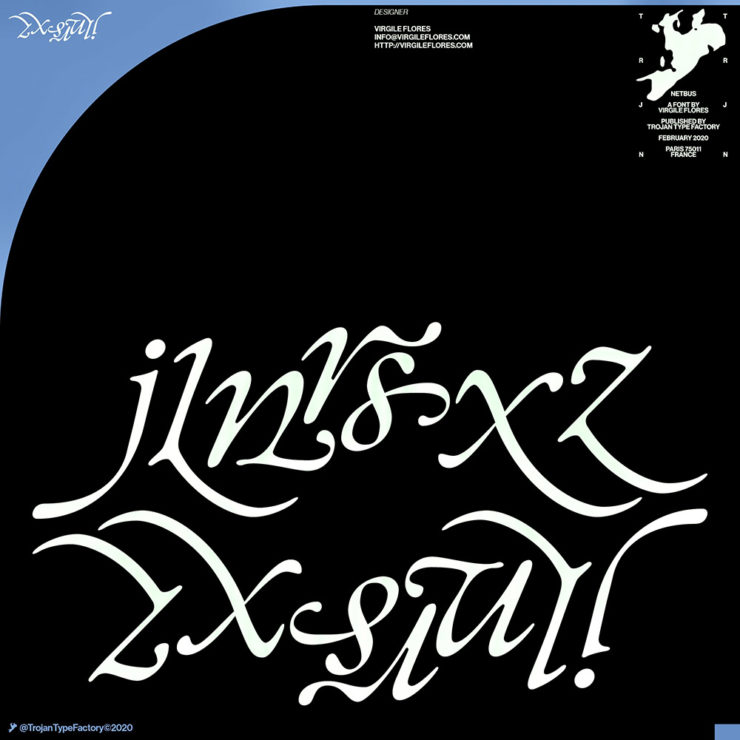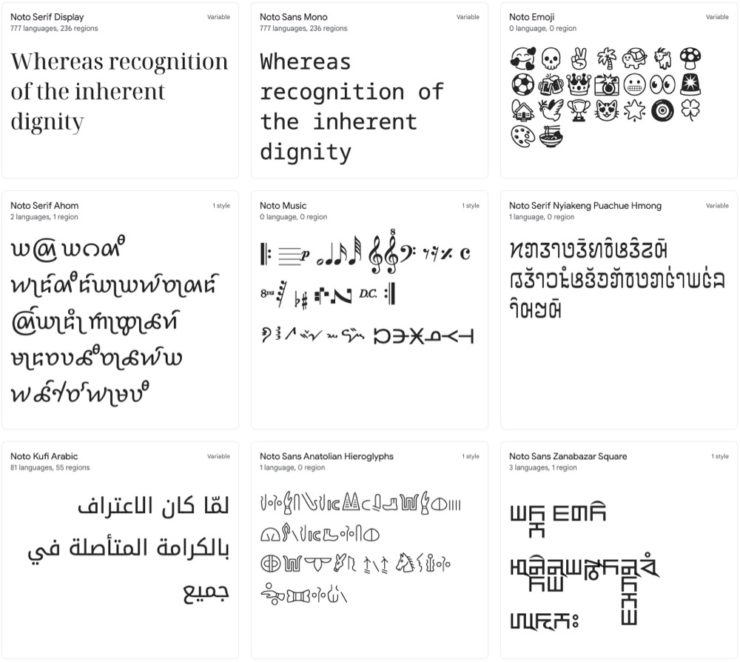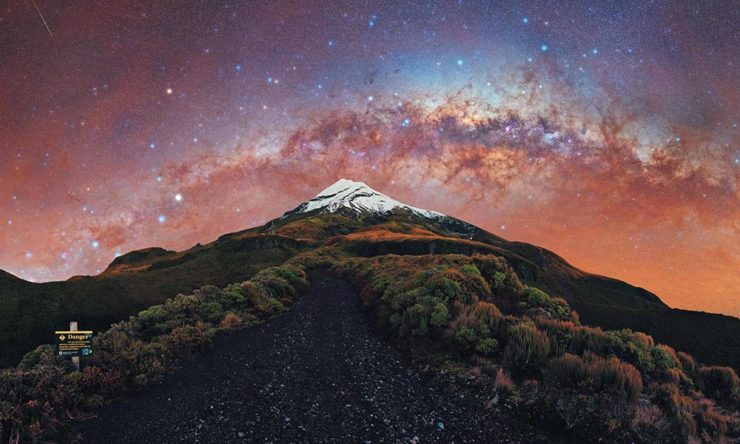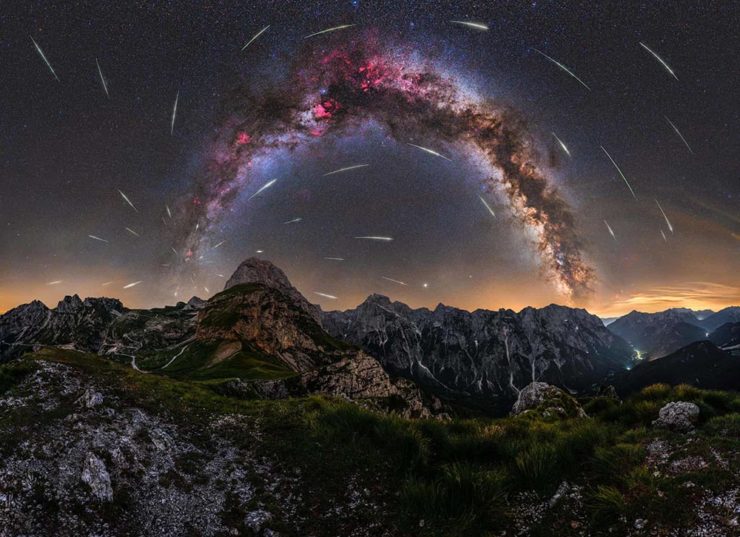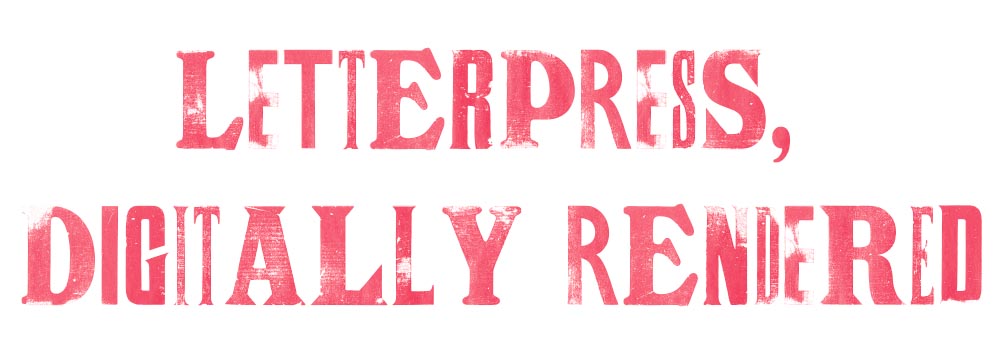“Content,” that is, the feeling of satisfaction — contentedness — is a word I’d much rather use than “content,” that which is required of folks who produce material for their website/YouTube channel/social media feed/whatever. It’s a shame the world favors the latter over the former.
Or does it? We’ll get to that — right in the midst of the other content that caught my eye in October, 2024.
Adobe Content Credentials, Continued
Adobe’s positive messaging continues, saying “[it is] dedicated to responsibly developing tools that empower creators to express themselves and tell their stories while helping address their concerns.” It even carried out a study to get some feedback from creatives on generative AI and one of the standout insights was rising concerns over unauthorised sharing of their work or misattribution with 91% of creators seeking a reliable method to attach attribution to their work.
Bring on Adobe Content Authenticity. It’s a “powerful new web application that helps creators protect and get recognition for their work.”
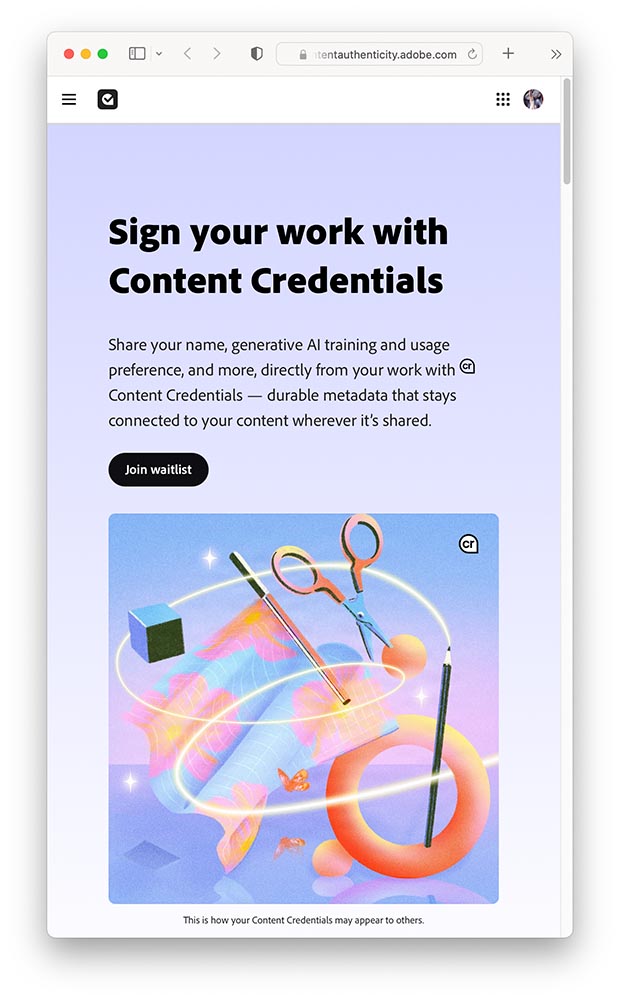
In today’s rapidly evolving digital landscape, creators are understandably concerned about safeguarding and gaining attribution for their work and having more control over how it’s used. That’s why we’re excited to introduce Adobe Content Authenticity, a new, free web app that allows creators to easily attach Content Credentials to their digital work — helping you protect your work, show attribution and better connect with your audiences online.
—Andy Parson, Senior Director, Content Authenticity Initiative, Adobe
For now, it’s limited to a beta Chrome extension, with a wider beta opening to the general public in spring 2025. (I don’t use Chrome, but have signed up to the waitlist, and will update Foreword readers when I hear back.) Content Credentials are already available in Photoshop and Lightroom — provided you’re using the latest versions, which may require the latest OS.
Three on Book Design
PBS on del Rey
I’d known the publishing house since . . . well, as long as I can remember. What I’d not known is the story behind the publishing house:
Set aside thirteen minutes when you can — absolutely worth it.
Multi-Panel Book Covers
I agree with Jason Kottke: “Bento Books” is the term. A great example:
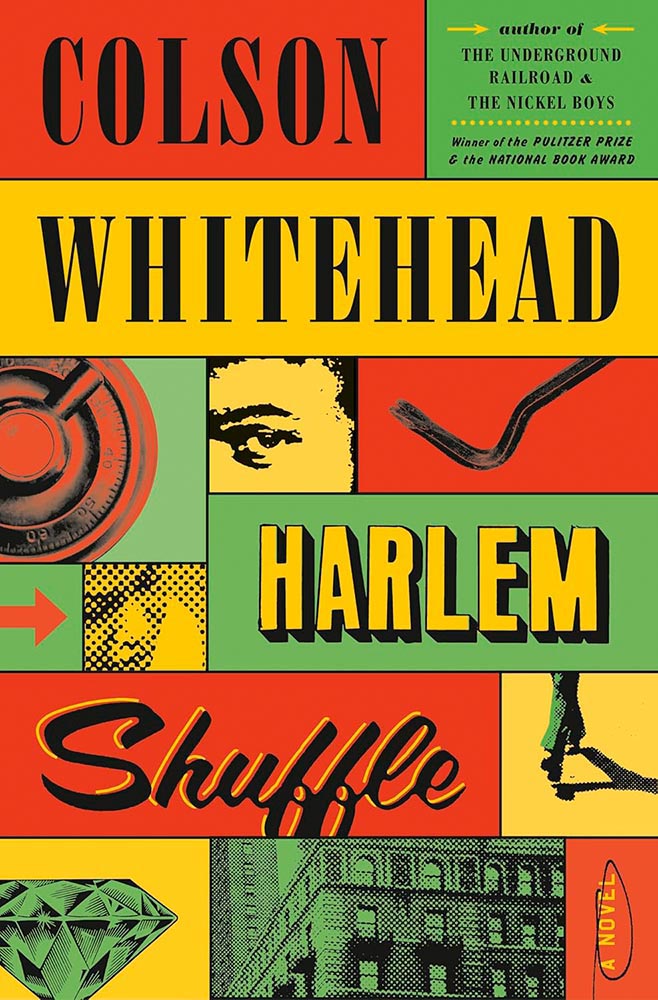
Here’s the impetus discussing this latest book design trend, with many more examples.
It’s Nice That: Book Design in Brazil
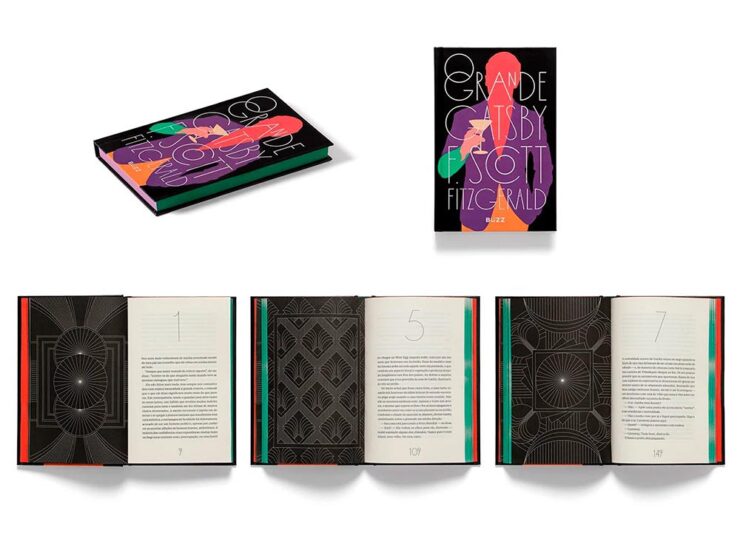
Any foreigner entering a bookshop in São Paulo is likely to be impressed by the quality of the books on display. For a country with relatively few readers, few high quality printers and binders, and a very limited assortment of paper, the Brazilian publishing market shows remarkable graphic ingenuity[.]
— Elaine Ramos, It’s Nice That
Never mind the country, the great book design caught my attention: from The Great Gatsby, above, to the J.M. Coetzee series, Orwell’s 1984, even Melville — amongst others. A great read.
Special Bonus #1: Life outside the internet . . . and physical books, please:
“The whole internet social complex … and the way people use their computers to conduct life is doomed sooner than later,” said Justin Murphy, the founder of the media and education company Other Life. “The smartest people, the people who are the most cutting-edge, will increasingly live their lives outside of computers.”
Whether or not that’s true — or even a potential — isn’t as relevant as an actual trend: physical book sales are up:
Print, too, is on the rise, from books to magazines to newspapers. Print book sales had a pop with the pandemic in 2020, and have continued to maintain sales of more than 750 million units sold each year. Meanwhile, even though they’re cheaper, sales for ebooks are down slightly, which may be owed to the fact that younger readers, much like older generations, overwhelmingly prefer printed formats.
— Zoë Bernard, Vox
Flip phones, vinyl LPs, and . . . books: Read the whole article.
See also: The Guardian: Bookstores are Suddenly Cool.
50 Fonts for 2025
CreativeBoom is out with their annual post on future type, “50 fonts that will be popular with creatives [next year].” Some of my favorites (links in captions):
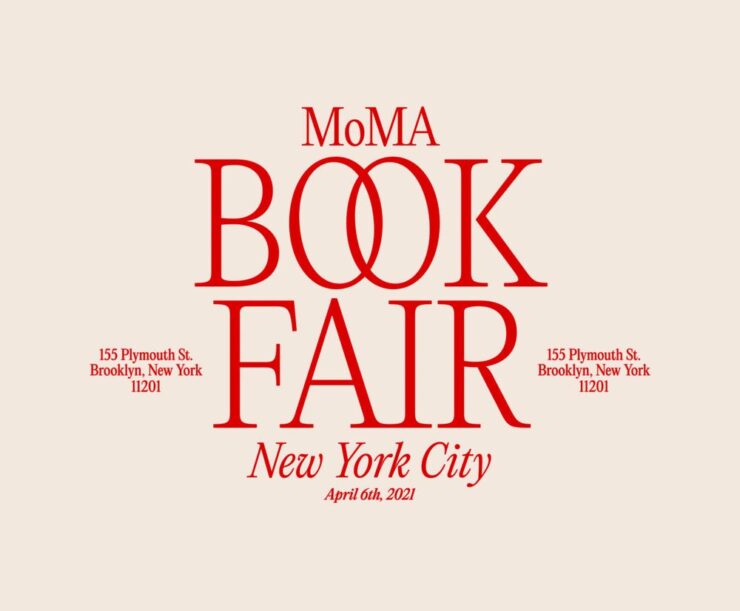
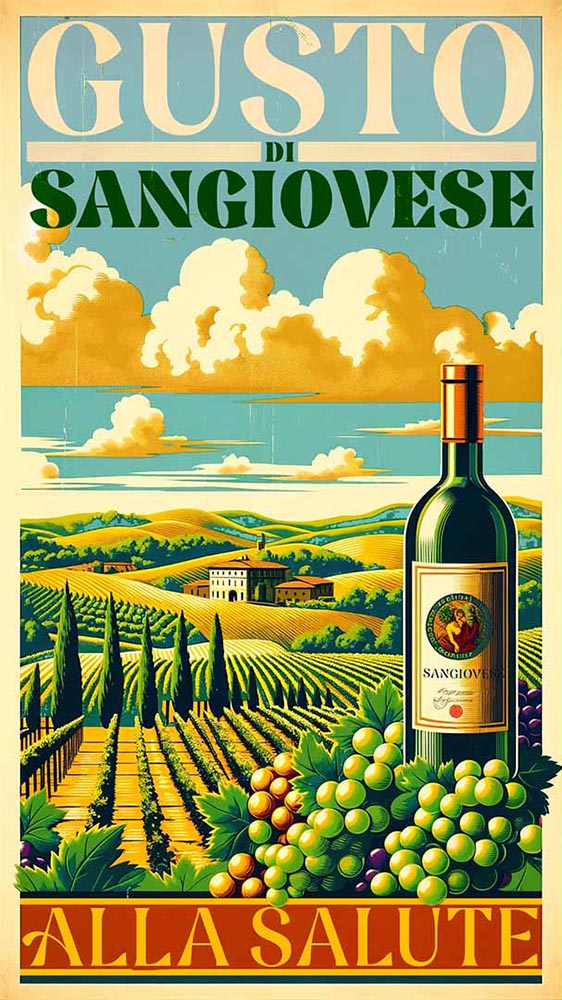

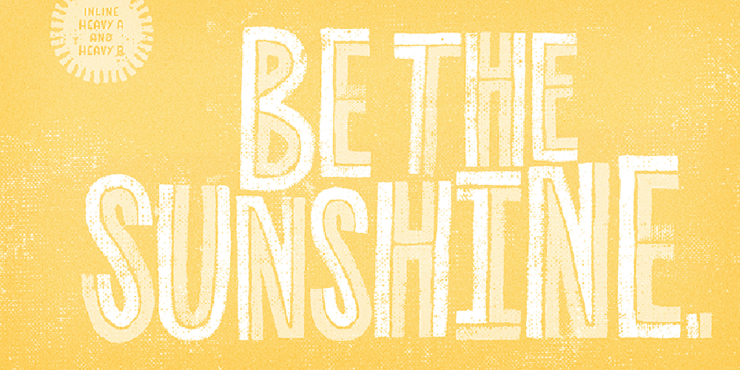
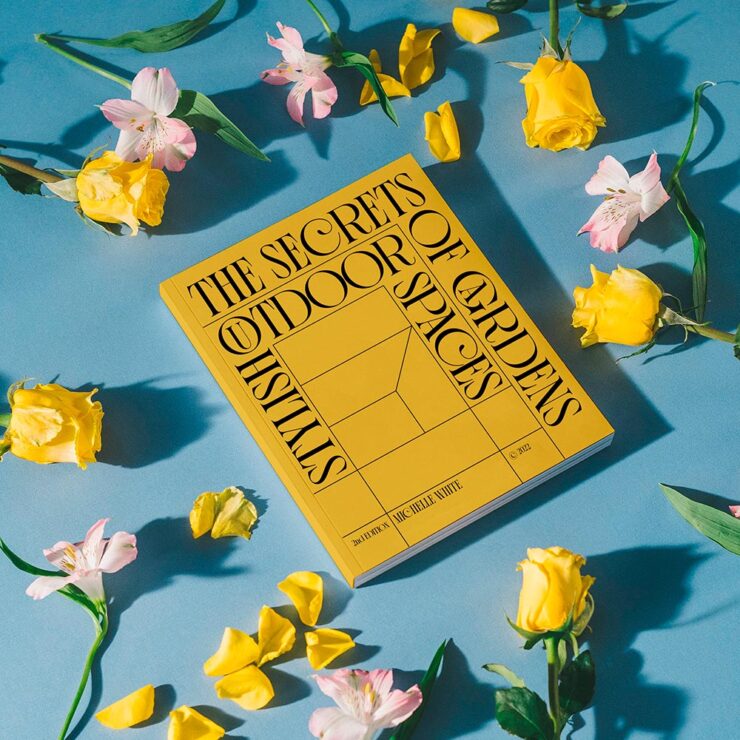
An honorable mention goes to Gamuth Sans, from Production Type. See CreativeBoom’s 2025 popular fonts list here. (Note: some are available through Google Fonts, and thus free-to-use. Nice.)
See also: Two more from CreativeBoom on the 2025 type scene: font trends and independent foundries.
Photography that causes content
Forest Fireflies
From This is Colossal, we have Kazuaki Koseki, who describes himebotaru — fireflies — as “artists who paint light on the forest.”
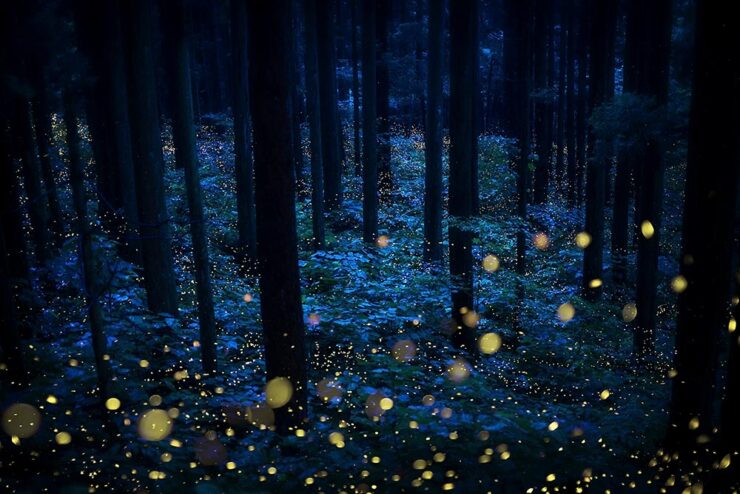
Artistry, all right. See more.
Epson International Pano Awards
The 2024 Pano Awards have been announced, with a wealth of great wide-angle shots for your viewing pleasure. Two of my favorites:


Epson’s rules are a little looser than some, but don’t diminish the sheer creativity displayed by the entrants. See coverage from PetaPixel or This is Colossal, or go to the source for the full list.
Siena Creative Photo Awards 2024
Just one favorite to highlight here, but what a favorite it is:

See some amazing sleeping bears — and much more — at the PetaPixel post or the full list at the Siena contest website.
Architecture MasterPrize
Few contests are more up my alley than this one, which inspires me to get back out there sooner rather than later:


Awesome. Meanwhile, the below caught my attention not due to the striking photograph, but the striking content — which, indeed, caused contentedness. Such a huge change to anyone who might recognize this former hulk, now beautifully refurbished and in a new park setting:

See the post from PetaPixel or the full list of 2024 winners at the Architecture Masterprize 2024 website.
Special Bonus #2: To close us out on this Halloween, the moon:
